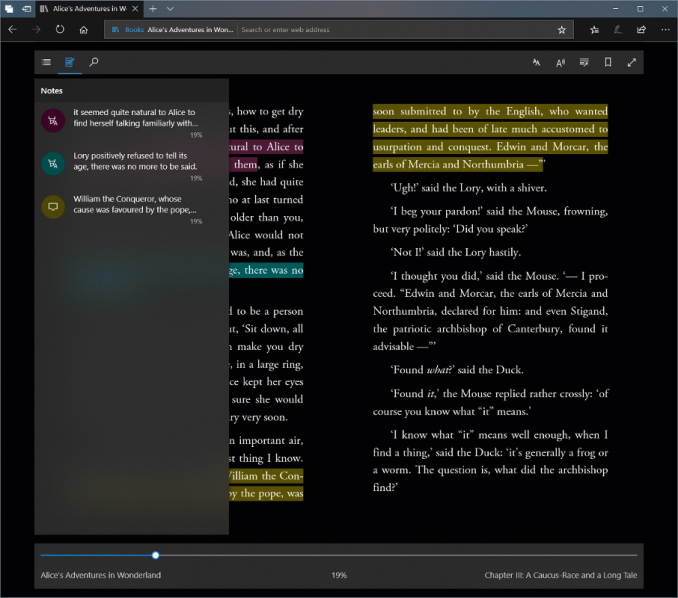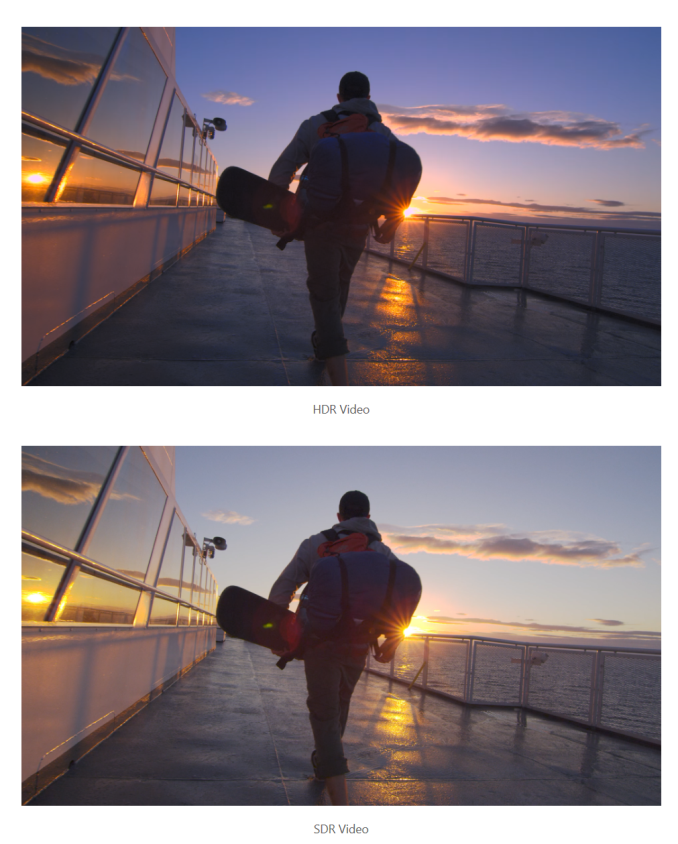The Windows 10 April Update (1803): The Littlest Big Update
by Brett Howse on May 25, 2018 8:00 AM EST- Posted in
- Software
- Operating Systems
- Windows
- Microsoft
- Windows 10
The Total Package
The Windows 10 April Update is one of the smaller updates we’ve seen since Windows 10 launched, at least in terms of shiny new features, but it does have some nice additions. The OS is mature enough now that there’s hopefully going to be less of the major changes to the UI and feature list with each new update, since those large scale changes can cause confusion with consumers. Windows is still the workhorse of businesses as well, and when you’ve got tens of thousands of employees, it’s not fun to have to retrain people every six months on how to do the couple of tasks they do every day. For 2018, we’ve already got the next update scheduled for the fall, but it would not be surprising to see Microsoft shift to a less aggressive schedule in the future.
For this update, there’s only a couple of big features. Timeline is a great idea and one that was definitely missing from Windows 10, and it will get more powerful with Android tasks coming to Timeline thanks to the Microsoft Launcher, Edge, and Cortana on Android. iOS will likely never be able to have as much integration though thanks to the Apple App Store model.
Focus Assist really seems like a great idea as well to give people a chance to stay focused when they need to. It needs a bit more fleshing out, but even as it is, it’s great to get time that is distraction free, but still allows you to easily check and see what you missed.
Probably the biggest addition for the update though is Progressive Web Apps, which will hopefully bring some much needed app support to the Microsoft Store. Twitter has been very actively developing their PWA, including support for Windows 10 specific features. The irony here is that with PWAs, Microsoft would likely have had a better shot with Windows 10 Mobile, but it’s already too late for that.
The other changes to Edge are also very welcome, and Edge has certainly come a long way. Its performance and standards support continues to improve, but like Windows 10 Mobile, it may be too little, too late. Microsoft has ceded a tremendous amount of browser usage to Google, and there’s no sign that’s going to change.
The other new features are going to be less used, but still important when needed. Being able to quickly pair a Bluetooth device, or easily share a file with Nearby Share, is really something that’s going to pay for itself rarely, but when it is needed, it’ll pay larger dividends.
There's also a pile of small tweaks and additons, such as the improved touch keyboard with swipe typing support, a new game bar, easier Hello setup, Cortana improvements, dictation support for text fields, and improvements to My People, which rounds out the update nicely.
Overall, the April Update is a small, but nice update. The biggest issue with it is that there’s been some reliability problems with the update as we’ve seen specifically with the Intel 600p SSD, and a few other pieces of hardware. The update was delayed until the very last day of April, and even then it was definitely a soft rollout. I have only been able to get one PC to even get the update over Windows Update so far, with even very current devices still not receiving it through that method. You can always force an install, but there could also be a reason the machine isn’t seeing the update due to a known compatibility issue that’s not resolved yet. We’ll have to wait and see statistical numbers to see how quickly it rolls out compared to its predecessor, but at the moment it seems like it’s a very slow and steady deployment. But the update is worth it just to get PWA support alone. It just might not be worth it right now.














161 Comments
View All Comments
nico_mach - Friday, May 25, 2018 - link
They pretty much did? These are the best, most useful implementations of Linux on Windows I've seen, and they're only lacking server versions.If you mean, why don't they ship linux? Well, they kind of do on Azure. There's no real reason to do so as a consumer facing OS, unless you're suggesting Windows EdgeOS? Which is very clearly crossing the line into why-bother territory.
PeachNCream - Tuesday, May 29, 2018 - link
There's no value in running something other than a *nix kernel at this point. If they want to keep costs low in the OS development department, then its probably as good a time as any to make the transition. The open source community and Microsoft could further mutually benefit from working together as would software compatibility and cross-platform functionality. All of that can be relatively hidden from the end user by the OS UI so aside from the one-time cost of conversion, a cost they could absorb into pushing out Windows 11 -- something that they'll eventually have to do anyway given predominant market forces, I think staying on their current course is a misstep and a missed opportunity for the computing industry in general and Microsoft in specific.ChristopherFortineux - Friday, June 8, 2018 - link
Because linux will never be fully supported for everyday use and software across the board. They can run the kernel within Windows already.Kvaern1 - Friday, May 25, 2018 - link
"But, once it does start rolling out through Windows Update, there will be some new things to check out, so let’s take a look at some of them."Not sure what you mean here. My home PC got it through Windows Update on April 30th.
Brett Howse - Friday, May 25, 2018 - link
You had to manually check for updates for that to happen on the 30th. The auto rollout has been a lot less aggressive.ikjadoon - Friday, May 25, 2018 - link
The flip side is that I was checking for *other* updates (some minor security fixes), not 1803.Got my first blue screen ever in Windows 10 immediately after the update. Plus a host of other minor bugs (Chrome freezing, OEM partition assigned a drive letter, etc.).
I would’ve appreciated either the choice to install 1803 (but why can’t I take minor updates like everyone else?) or don’t allow it all thru the OS unless you use the Media Creation Tool.
I didn’t need to be a beta tester seemingly a month early.
Drazick - Friday, May 25, 2018 - link
I wish they gave us back the option to customize Windows on installation phase.I'd really want to install a minimal Windows.
I don't need all this bloatware. I want my system to be compact and efficient.
LazloPanaflex - Friday, May 25, 2018 - link
You want "minimal windows"? Then do yourself a favor and upgrade to Win 7.Here's my recent experience with 10 -- bought the in-laws a lower end Dell laptop with 10 pre-installed. Could not get their slightly older HP printer working, even with win 10 drivers from HP's website. Bought a Canon printer, same problem. Logitec speakers would not work correctly for some reason. And the coup de grace? Windows updates refused to download. So I put Win 7 on it, and it's running great.
Microsoft can shove 10 up their collective asses.
Drazick - Friday, May 25, 2018 - link
Actually Windows 10 has smaller footprint than Windows 7 and it is more efficient.But still there are som many applications and background processes I don't want / need.
I wish I could not have them at all.
BurntMyBacon - Tuesday, May 29, 2018 - link
As far as space goes, I agree. Also faster boot time. More efficient in general operation is not so clear. As you said, so many applications and background processes.